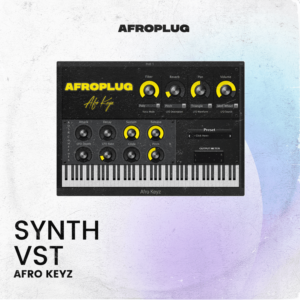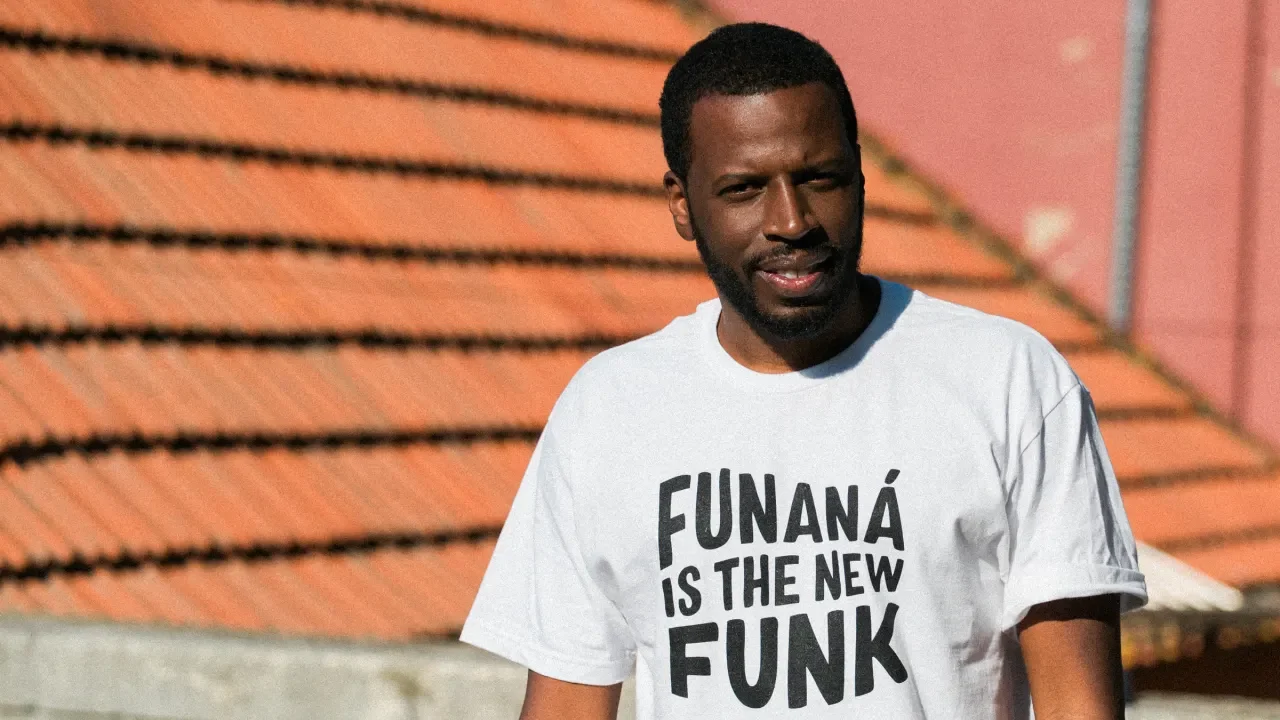You can contact us 24/7 via our Support team
€0.00
Best discounts this week for your next hits
Shattayard – Dancehall Shatta VST
Funana is a lively and energetic music genre originating from Cape Verde. It is known for its fast tempo, syncopated rhythms, and vibrant melodies, making it a key part of Cape Verdean culture. The genre is traditionally played with instruments like the accordion, percussion, and bass guitar. In this guide, we’ll walk through how to create Funana beats from A to Z, and also look into the history of this genre and some well-known Funana artists and producers.
The History of Funana
The history of Funana is deeply rooted in Cape Verde’s colonial past. Funana originated in the rural areas of Santiago Island in Cape Verde. It emerged from the African rhythms and Portuguese influences brought to the islands during the era of enslavement. Enslaved Africans, who were brought to the islands, infused their native musical traditions into Cape Verdean music, fusing them with the sounds of their Portuguese colonizers.
Over time, the genre became a symbol of resistance and a form of cultural expression. The genre was once played mainly by rural communities using simple instruments like the accordion, guitar, cavaquinho, and various percussion instruments. However, Funana faced resistance from the colonial authorities in the past, who did not support its expression due to its connection with the African heritage and the working-class populations of Cape Verde.
In the 1980s and beyond, Funana began to gain more widespread recognition, especially in urban areas and the Cape Verdean diaspora. It became a symbol of pride and resilience.
Famous Funana Artists and Producers
Several artists have played a key role in the development and popularization of Funana music, blending traditional sounds with modern influences. Here are a few influential names:
- Bitori – Bitori is considered one of the most important figures in Funana music. Known for his mastery of the accordion, his music preserved the traditional rhythms of Funana while introducing it to the wider world. His album, “Morna Funana,” remains a classic in Cape Verdean music.
- Sandro – Another well-known Funana artist, Sandro brought a unique flair to Funana by blending traditional rhythms with a more modern sound. He is particularly famous for the album “Sandro” which fused the traditional accordion with more contemporary elements.
- Elida Almeida – Though primarily known for her morna style, Elida has incorporated Funana rhythms into her work, blending different Cape Verdean genres and making them accessible to a global audience.
- Zé Rui – Zé Rui is a prominent producer and musician who contributed significantly to the fusion of Funana and other Afro-Cape Verdean genres, taking the sound to international stages.
- Toni Dize – Another famous figure, Toni Dize is known for integrating Funana into his wider Afro-Latin music, making a significant impact on the genre in the 1990s and early 2000s.
- Kémi Dorgo – A talented producer and musician, Kémi Dorgo is known for his innovative work in combining Funana with other genres, offering a contemporary twist while staying true to the roots.
- Dino D Santiago – Dino D Santiago is a Cape Verdean artist who has gained international acclaim for his unique blend of Funana, soul, and urban music. He has been instrumental in modernizing the genre, incorporating Afrobeat and R&B influences while preserving the traditional rhythm and feel of Funana. His music often blends soulful vocals with the energetic beats of Funana, creating a modern crossover sound. Dino’s work showcases how Funana can evolve while staying true to its roots, making him one of the prominent figures in modern Funana music. His collaborations and popularity in the diaspora have helped bring the genre to a larger audience.
How to Make Funana Beats: Step-by-Step
1. Set the Tempo and Key
Tempo: Funana has a fast tempo, usually between 130 and 150 BPM. This gives the genre its energetic, danceable quality.
Key: Funana can be written in major or minor keys, with popular ones being C major, G major, or D minor. These keys help create the bright and uplifting sound typical of Funana.
2. Create the Rhythm Section (Drums and Percussion)
The rhythm section is the heart of any Funana track. It’s all about creating energetic, syncopated beats.
- Kick Drum: The kick drum plays on the 1st beat of each bar, creating the track’s base rhythm.
- Snare Drum: Place the snare drum on the 2nd and 4th beats, creating the backbeat that drives the track forward.
- Hi-Hats/Shakers: Layer hi-hats or shakers on the off-beats, often accenting the “and” between beats to create that signature syncopated rhythm.
- Additional Percussion: Add claps, maracas, or caxixi (traditional Cape Verdean instruments) to enhance the rhythm. These should be layered to create a lively, rhythmic foundation.
3. Add the Accordion (Melodic Elements)
The accordion is a central instrument in Funana. Here’s how to use it effectively:
- Melodic Lines: The accordion plays short, staccato melodic phrases that complement the rhythm. These should be syncopated and follow the track’s energetic tempo.
- Chords: Use the accordion to create simple, repetitive chord progressions. These should form the harmonic backbone of your track and fit within the key you’ve chosen.
4. Add a Bassline
The bassline provides the groove and foundation of the beat.
- Syncopated Bass: To create that groovy feel, make the bassline syncopated. Follow the chord roots but introduce rhythmic variations to keep things interesting.
- Walking Bassline: A walking bassline can be used to add movement, with quarter notes or eighth notes to maintain the track’s dynamic flow.
5. Layer in Other Instruments (Optional)
Though the accordion and percussion are crucial, adding other instruments can enhance your track.
- Electric Piano/Guitar: Adding electric piano or guitar for a modern touch can help mix traditional Funana with contemporary sounds. Use these instruments for smooth riffs or chord progressions.
- Brass/Strings: For more depth, you can layer brass or strings, though they should remain in the background to keep the track focused on its Funana roots.
6. Arrange Your Track
Funana tracks often follow a simple, repetitive structure:
- Intro: Begin with a simple instrumental intro, setting up the rhythm and accordion.
- Verse: Introduce the main rhythm and melody, letting the accordion take the spotlight.
- Chorus: The energy peaks here, so add more percussion and increase the dynamics to keep things lively.
- Bridge: Introduce variations in rhythm or melody to keep the song engaging.
7. Mixing and Mastering
After creating your beat, focus on mixing and mastering:
- Balance: Make sure the accordion is front and center, and the rhythm section (kick, snare, percussion) is punchy without overpowering the melody.
- EQ and Compression: Apply EQ to clear up any muddiness in the low end and compression to keep your drums tight and punchy.
Conclusion
Funana is an infectious, rhythmic genre with roots in Cape Verde’s culture, and making a Funana beat involves blending syncopated rhythms, melodic accordion, and groovy basslines. By following the steps above and incorporating influences from key artists like Bitori, Sandro, Dino D Santiago, and Toni Dize, you can create a fun, energetic Funana track that captures the spirit of this vibrant genre. Whether you’re creating a traditional Funana or a modern twist, the core elements of this music—rhythm, melody, and energy—will always remain at its heart


